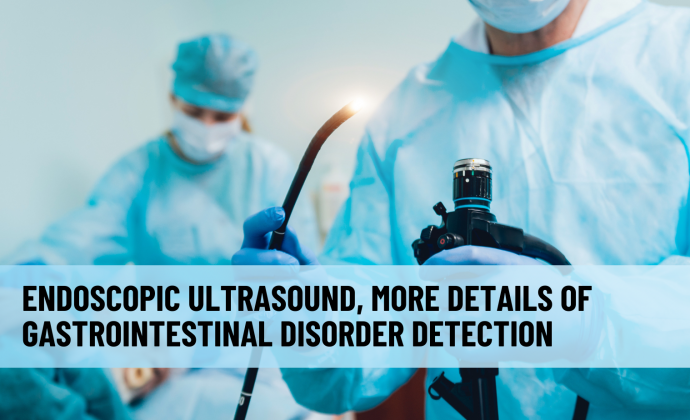
ENDOSCOPIC ULTRASOUND, MORE DETAILS OF GASTROINTESTINAL DISORDER DETECTION
Endoscopic Ultrasound (EUS) has been around for a long time, it’s just that rarely used. According to Prof. Rino Alvani Gani, MD, Ph.D., Internal Medicine Specialist Consultant Hepatology Gastroenterology, the use of EUS can make it easier for doctors to assess the details of problems that occur in the gastrointestinal tract.
When compared with the use of ultrasound equipment on the stomach or skin, to get to the abdominal organ often have to pass air or gas that covers these organs. As a result, the ultrasound beam released from the top of the abdomen cannot reach these organs properly. So it can not see well these organs.
Anyone can get this procedure because there is no age limit for EUS treatment. The following is an explanation of EUS by Prof. Rino Alvani Gani, MD, Ph.D.
Endoscopic Ultrasound Process
EUS is performed to analyze, evaluate, and assess gastrointestinal disorders that cannot be seen using an endoscope or ultrasound. Such as detecting the spread of cancer or tumors, therapy to drain pancreatic juice into the intestine, to tumor ablation.
EUS is widely used for liver and biliary diseases. EUS is also most helpful in managing cases involving the pancreas because the location of the pancreas is very deep in the stomach. So it won’t be easy to evaluate using an ordinary USG or CT scan.
As for what happens during the endoscopic ultrasound process, the patient will be made unconscious. The duration of the procedure depends on the purpose of the EUS examination, for diagnostics it takes about 15 – 20 minutes and for procedures such as a biopsy, it will take longer about 1-2 hours.
For patients who are still young, there is no special preparation that needs to be done. However, for patients who are over 40 years old, it must be ensured that the heart is in good condition, blood clotting is good, and if you are on blood thinning therapy you need to stop first.
Endoscopic Ultrasound Side Effects
The side effects of the EUS procedure are not much different from the endoscopic procedure. Such as bleeding or blockage in the airways. However, the possibility of this risk occurring is very small, because the tool has been designed properly.
If the action taken is only diagnostic using EUS, the side effects are very minimal. Meanwhile, if therapeutic measures such as a puncture of the pancreas are performed, there is a risk of bleeding or inflammation. But the percentage of these events is relatively small compared to surgery.
Image Source: Getty Images




 Users Today : 383
Users Today : 383 Total views : 2205575
Total views : 2205575 Who's Online : 4
Who's Online : 4